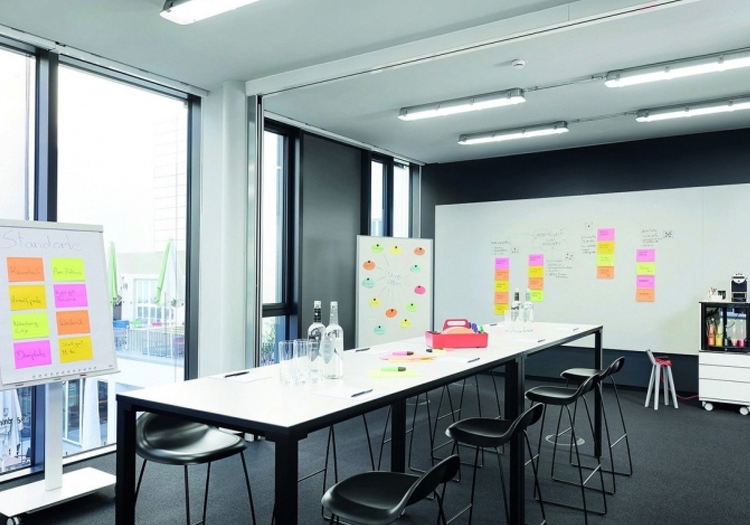
The Federation of European Heating, Ventilation and Air Conditioning Association’s recommendation on Preventing the Spread of Covid-19 in Buildings
The Varming Consulting Engineers team is always up to date with new directives and guidance within the construction industry and due to the current Coronavirus pandemic, there has been a new document published by the experts at The Federation of European Heating, Ventilation and Air Conditioning associations (REHVA).
Of great interest to M&E Consulting engineers and Building Services Design Consultants, guidance is provided with regards to HVAC and plumbing systems in commercial or public buildings. The document details the correct way to operate building services like these to mitigate the spread of COVID-19. Let’s have a look at what it says.
The following guidance is also able to be implemented in existing buildings with standard occupancy rates and is intended to be temporary and will be updated when more is known.
Transmission Routes
There are two main transmission routes; via large droplets that are produced when sneezing, talking or coughing and via hand to surface or hand to hand contact. The World Health Organisation (WHO) recommends toilet lids to be closed when flushing and avoiding dried-out floor drains by regularly adding water. REHVA guidance also suggests that drain traps are also susceptible, especially in high rise buildings, to wind pressure blowing them out.
Large droplets created through sneezing or coughing can fall up to 1-2 metres from the host onto nearby surfaces. A person can then become infected by touching that surface and then their nose, mouth or eyes. Bigger droplets (above 10-20 microns) can travel even further, so awareness of potential infected surfaces is vital.
Increase Exhaust Ventilation & Air Supply
REHVA advice recommends supplying as much outside air as is possible. Those with mechanical ventilation should keep it on around the clock when people are present – particularly in toilet areas.
Employ Window-driven Natural Ventilation
Those buildings that don’t have mechanical ventilation are encouraged to open windows – even if it results in thermal discomfort. Windows in toilet areas should remain shut in buildings with mechanical exhaust systems or passive stack to avoid contaminated airflow going into other rooms.
Humidification Ineffective
Coronavirus is seemingly unaffected by environmental fluctuations, aside from high humidity (above 80% at a temperature of 30 degrees centigrade). During the summer months, in European climates, humidification is ineffective.
Safe Use of Non-Leaking Heat Recovery Systems
Virus particles are able to re-enter buildings, attached to particles in the airside exhaust via leaks. HVAC systems are safe to use when equipped with a run-around coil (twin-coil) or other heat-recovery mechanism that guarantees separation of supply and return side airflows.
Transmission via heat-recovery devices is not an issue when a HVAC system is equipped with a twin-coil (‘run around’ coil) or other heat-recovery device that guarantees air separation between return and supply side.
Recirculation Not to be Used
REHVA guidance states that contaminated virus particles are able to re-enter a building if recirculation is possible via centralised air-handling units. For this reason, recirculation should not be used, even if return air filters are present.
Talk to the Experts
It is perhaps unsurprising that the advice provided by the REHVA report is extensive, however, the information provided in this blog is not exhaustive and is just a summary of the official report. The full guidance included in REHVA’s report can be seen in full by following this link https://bit.ly/2VMlnaU.
If you’d like to talk to our expert team about anything discussed in this blog, you can do so by calling us on +353 (0)1 4872300. Alternatively, if you’d like to find out about the work we do in the fields of sustainable building design, you should take a look around our website www.varming.ie where you’ll find lots of useful information.

